Autumn Travel
The most beautiful season of the year is autumn. Summer heat gives way to fresh air, lights are lit, pumpkins are put up, and knitted sweaters and warm caps are donned. The foliage alights in fiery fall tones, and the trees burst into a profusion of ambers and rusts. So, if autumn is your favorite season, we’ve here to help you plan your perfect fall vacation. Through this series of articles, I intend to share our stories and experiences of travels during autumn with our fellow photography and travel enthusiasts. I hope they help you plan your autumn travels!
Many nations have windmills, but the Netherlands has so many of them and they are such a significant part of the nation's industrial and cultural legacy that many people throughout the world associate windmills with the country. From the Middle Ages onward, windmills have been a defining feature of the Dutch countryside. In the heyday of the windmills during the 19th century, there were roughly 9,000 windmills in the country. Even though the Industrial Revolution replaced windmills with steam, diesel, and later electricity, over 1,000 antique windmills, many of which are still operational, still stand throughout the Netherlands thanks to historic preservation initiatives. Today, along with cheese, tulips, and clogs, they are among the most well-known images of Holland. For this reason, visiting a windmill has to be at the top of your travel itinerary when visiting the Netherlands.
A vast ocean of endless tulip fields, medieval windmills, charming canals, modern bicycle lanes, and postcard-perfect countryside - these are the images that appear in our minds when we think of the Netherlands. However, we tend to forget that the Netherlands also has its fair share of castles and palaces thanks to the royal families and nobilities who shaped the rich history of the country over the ages. Many of these were built during the medieval times either as defensive structures or luxury residences. Over the years, the purpose of these castles and palaces has changed, and today, they’ve turned into government offices, museums, and tourist attractions, where visitors come to admire the architecture, art collections, and gardens.
If Gregory Peck got lost trying to find the bathroom just next to his bedroom on his first visit to Kasteel de Haar in 1960, you know there must be something special about this castle. To be honest, most apartments in central Amsterdam are smaller than the average bathroom in this medieval castle. And with ornate furnishings across the rooms, corridors, and bathrooms, it’s easy to imagine that it may have been quite tedious for him to find the switch of the light, especially in the dark!
Near the village of Wierum is an old shipwreck from the second world war times that emerges from the sea only during low tides. This wreck symbolizes a crucial part of the Wadden Sea's cultural history - the struggle for territory between man and nature that occurred here from the Middle Ages to the present. It first appeared close to the Schoorsterhoofd, in the west but eventually started to wander towards Wierum and ended up becoming trapped in the mud. Ever since it’s been here getting gradually affected by the ebb and flow gradually but steadily affecting the praam.
There is an inherent fascination with things that are outside the norm for many people. The widespread appeal of the Guinness Book of World Records is living proof of this. Therefore, for something to be the tallest, largest, oldest, greatest, or tiniest is a great thing for business. As a result, a few locations claim or market themselves to be "smallest” in the Netherlands which is driven by the local merchants and the chamber of commerce supporting them. And then naturally, it also means, there will always be an element of ambiguity in these kinds of claims. Today I’m going to talk about two such “smallest” settlements in the Netherlands. Let the journey begin!
Before we begin our story today, let me ask you a “Did you know?” question. Did you know that there are Stonehenges in the Netherlands? And that they are older than the English Stonehenge and the Egyptian Pyramids? And that too not just 1, but 54? If not, this article is for you. In this article, I’m going to demystify the prehistoric Hunebedden (meaning giant beds in Dutch) for you. So without further delay, let me share with you the intriguing story of the Hunebedden or Dolmens of the Netherlands.
To me, Switzerland is all about mountains, lakes, waterfalls, alpine villages, and historic towns. So you need to choose an itinerary combining one or two of each of the above to experience the beauty of Switzerland in its entirety. Also, having too many of each of these may be overkill and turn out to be a very expensive Swiss drama. So, in our itinerary, we chose the best of each of the above to ensure we capture the true essence of Switzerland in our hearts forever, while keeping the itinerary cost-effective.
The UNESCO World Heritage Windmills of Kinderdijk shine like bright beacons against the dark evening skies during Illumination Week (which happens every year around the first or second week of September), when they literally shine a spotlight on each of the nineteen mills. This is a once-in-a-lifetime opportunity for photographers looking for truly unique photographs. This year it will even be the 50th edition. During this week you can follow various workshops, visit windmills and go on a boat tour.
The Dutch Dunes are ever-changing landscapes as a result of the water and the wind's ongoing effect, extending for hundreds of miles and comprising lakes, woods, and hills that contribute significantly to the Dutch environment. The dunes are home to a diverse array of wild flora and fauna. The dunes provide an essential barrier against the occasionally untamed and rising North Sea because nearly a third of the nation is below sea level. In addition to storm surge protection, these exceptional habitats can deliver a number of amazing experiences right from swimming in the natural freshwater lakes, to a peaceful trek appreciating wildflowers and unusual fauna to biking across rolling hills and conquering windswept vantage points that give breathtaking views in a flat country like the Netherlands.
Clingendael is one of the most beautiful country estates in the Netherlands. The estate, which is located halfway between The Hague and Wassenaar, has a colorful past. Several aristocratic families have resided on the estate since the 16th century, and various garden and landscape architects have contributed to the look and feel of this country estate since the sixteenth century. In the nineteenth century, garden architect Zocher modified the garden's original French design with the popular English landscape style of the time. Later, the garden was transformed into an old Dutch park with the addition of a Japanese garden.
I've always been intrigued by the fascinating season of autumn. To me, autumn is a grand manifestation of the ultimate reality on earth that one day everything has to perish just to be reborn again. And as the tree leaves turn into vibrant shades of orange, yellow, and red, one last time before they return to Mother Nature, the mushrooms start emerging, chestnuts lay all around, and soft rays of the sun kiss your face as you take a leisurely walk on the rustling dry leaves, autumn shows us that the end can also be beautiful. And during this beautiful season in the Netherlands, what are the things you can see and do? That's precisely what I'm going to tell you today. So let's begin!
Veluwezoom, a part of Hoge Veluwe (but not the Hoge Veluwe National Park), is the first National Park in the Netherlands, located close to the Hoge Veluwe National Park in the province of Gelderland near the cities of Arnhem and Apeldoorn. It has a hilly landscape with an area of 55 square kilometers, comprising heathlands and sand dunes created during the Ice Age.

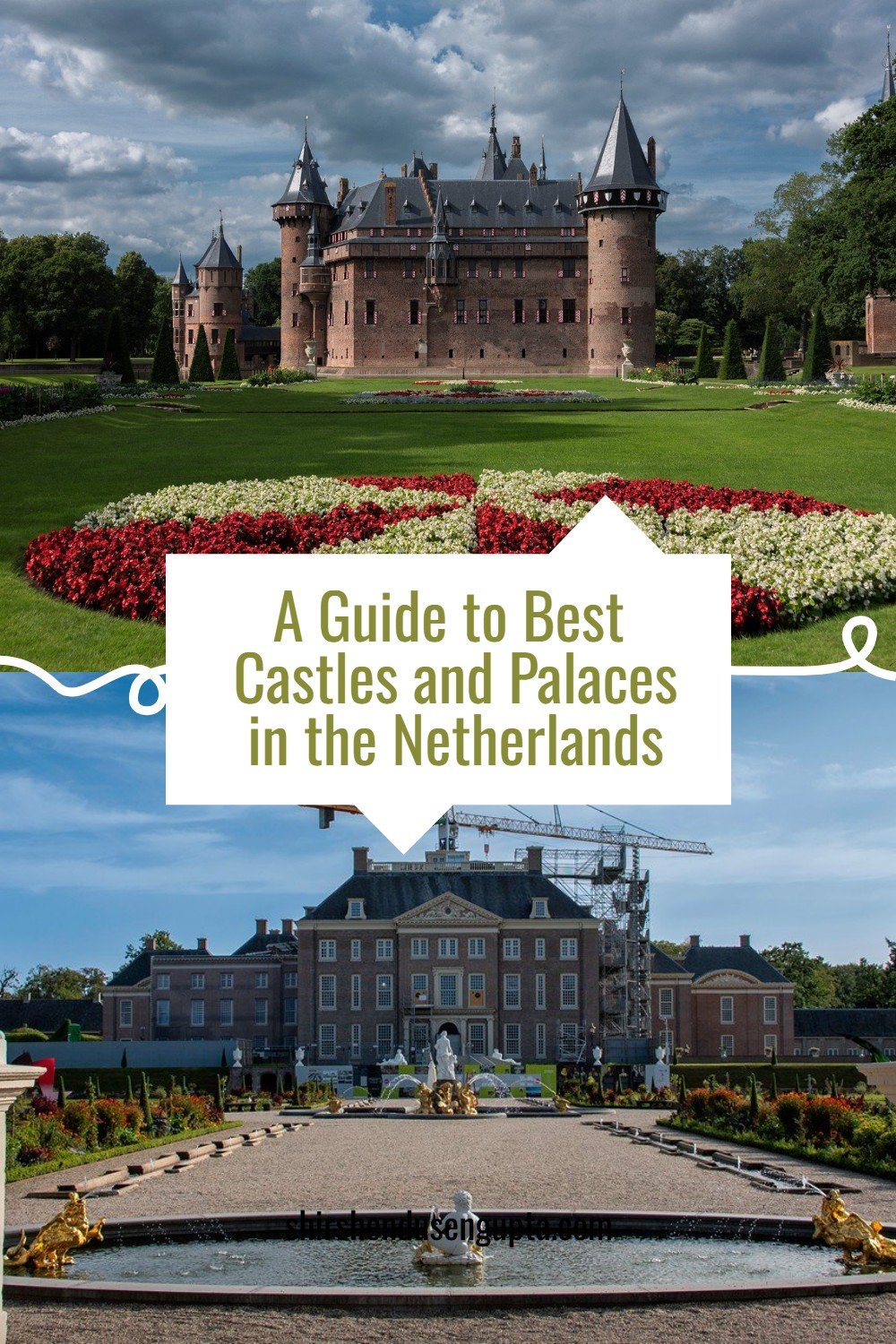
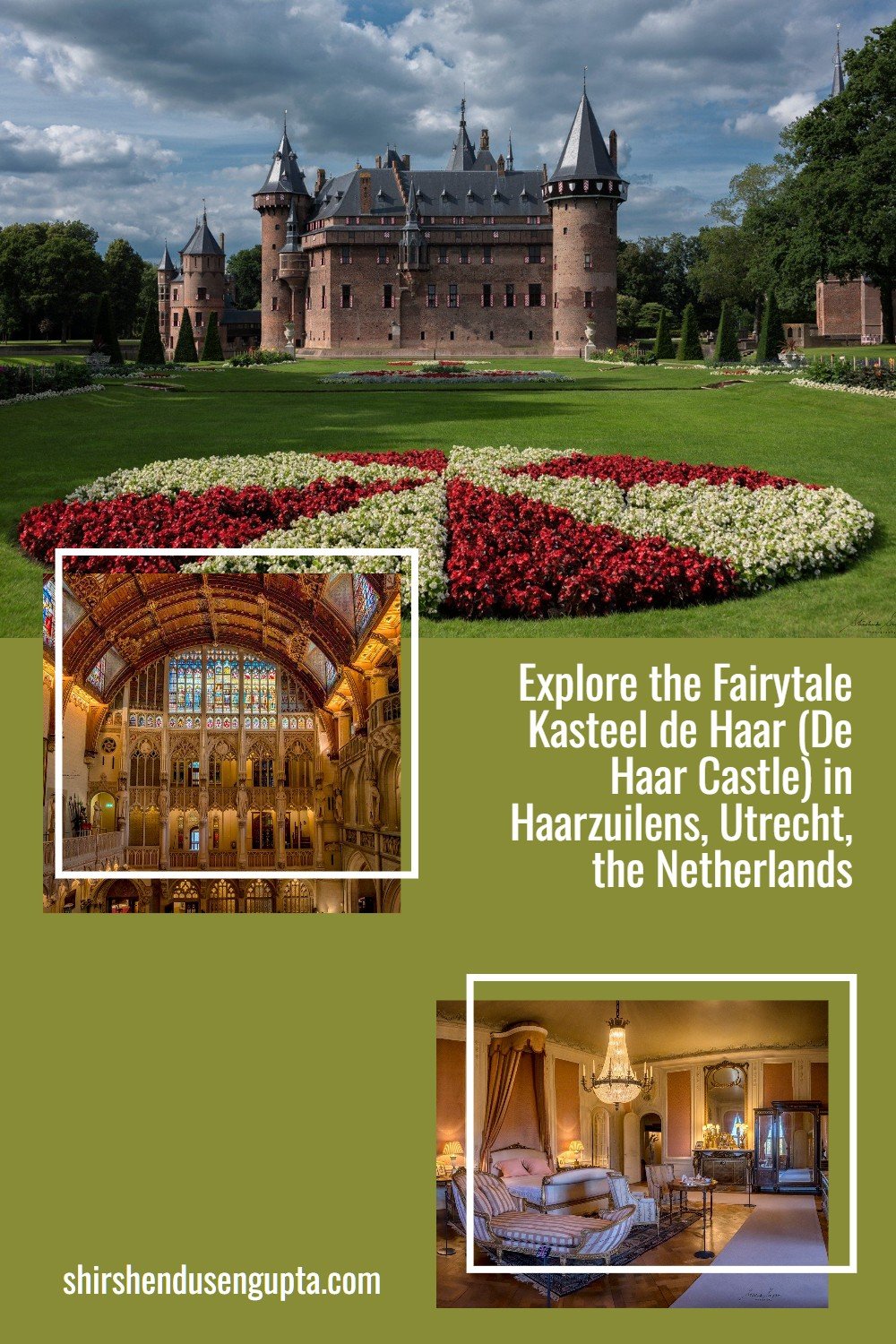
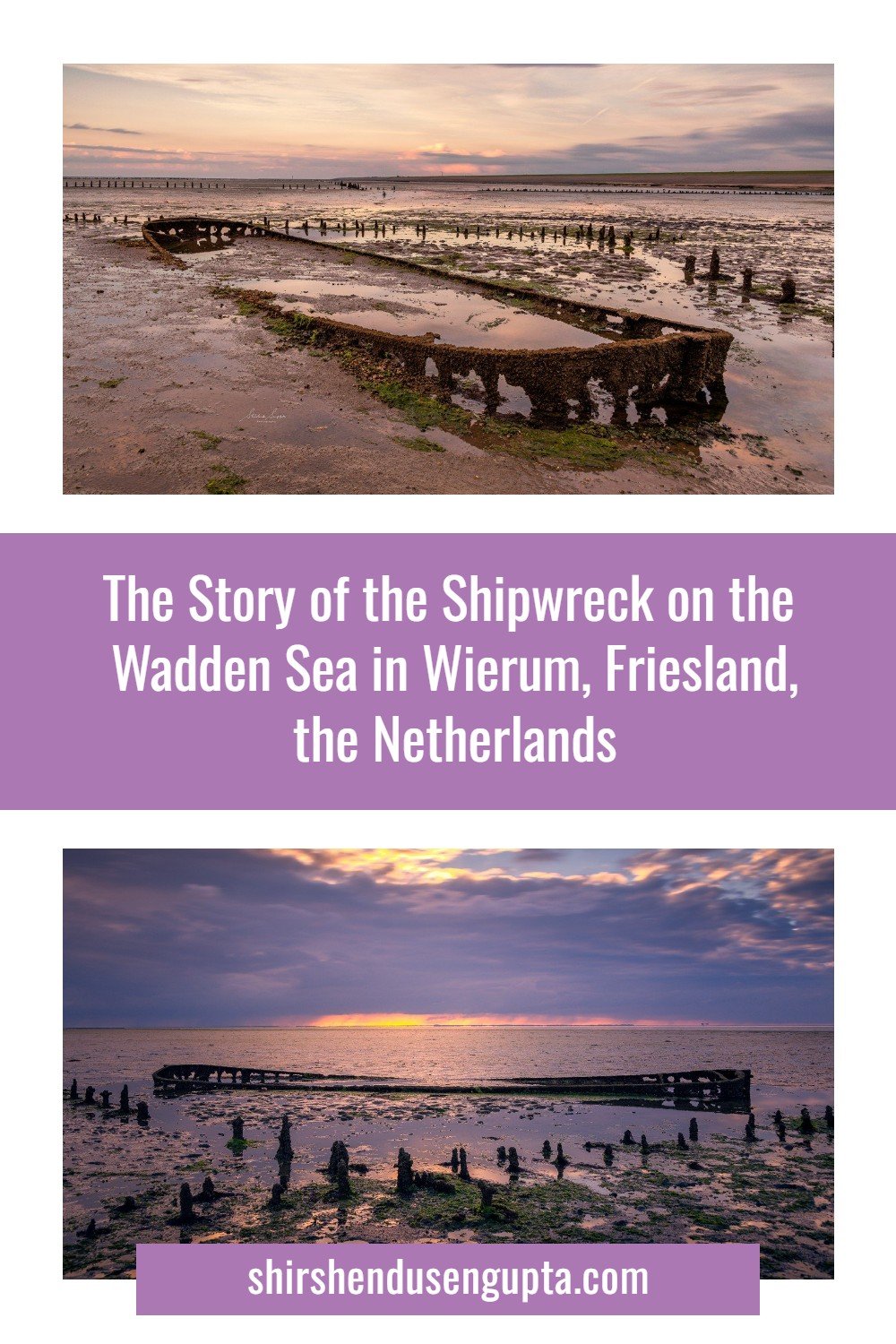
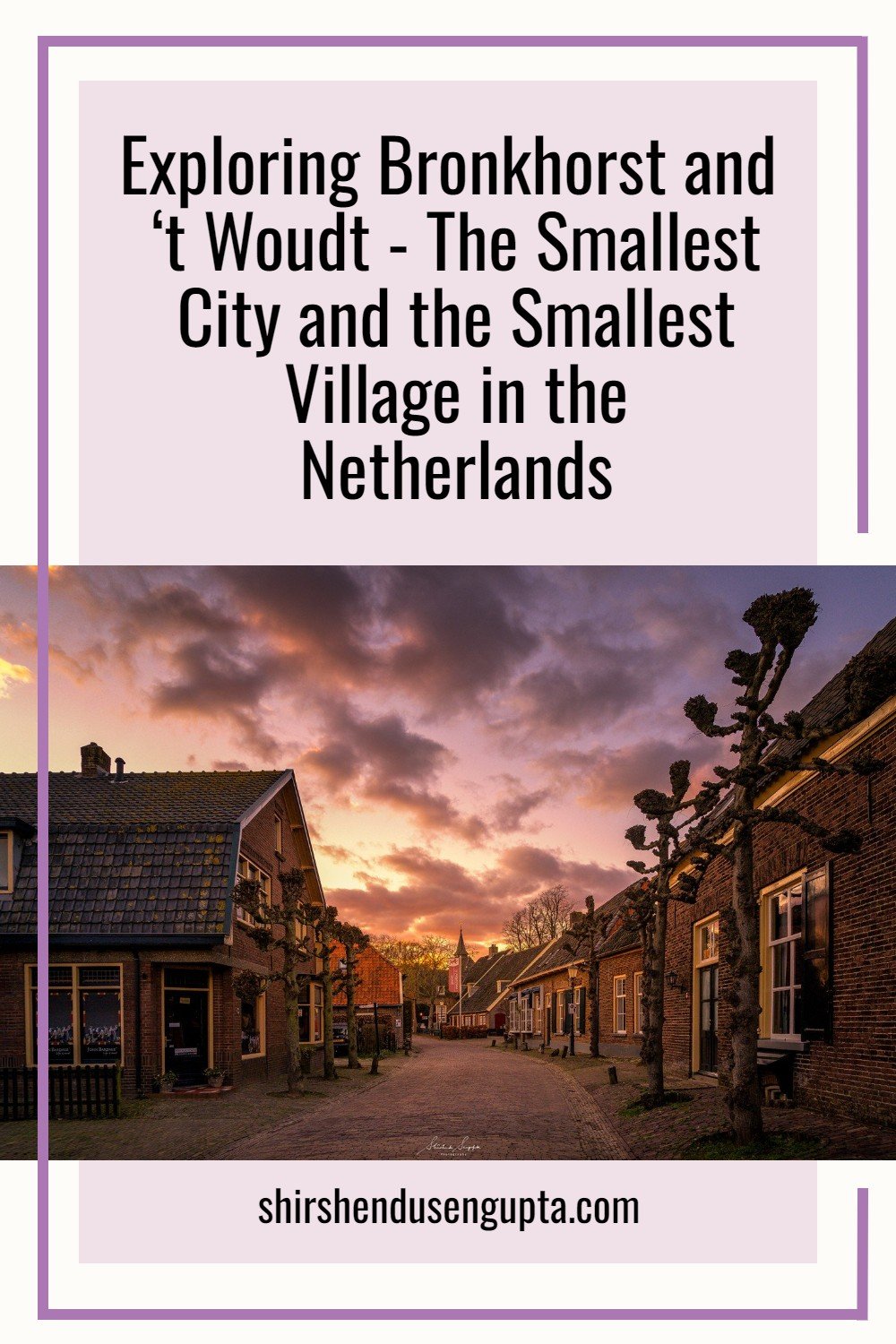
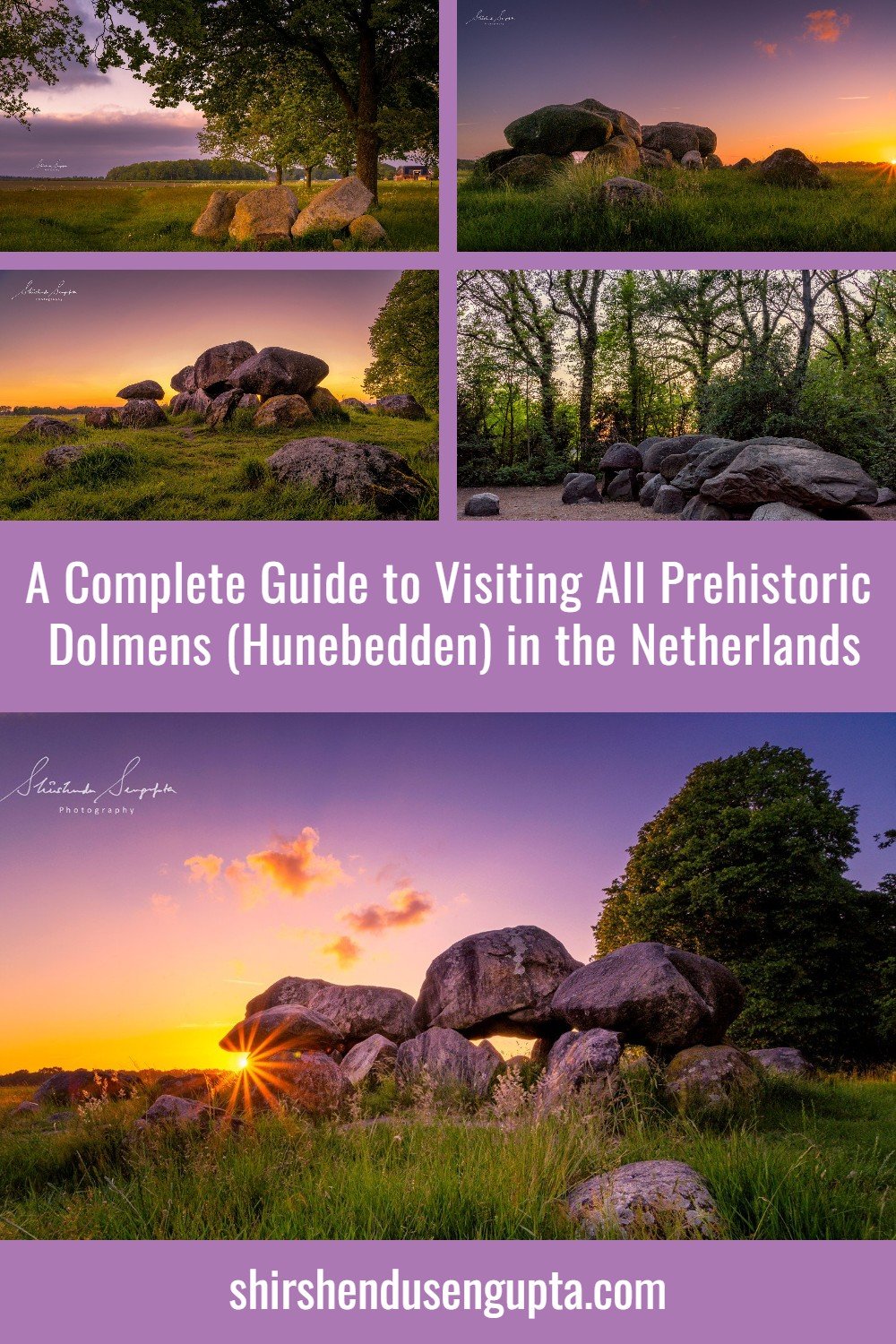
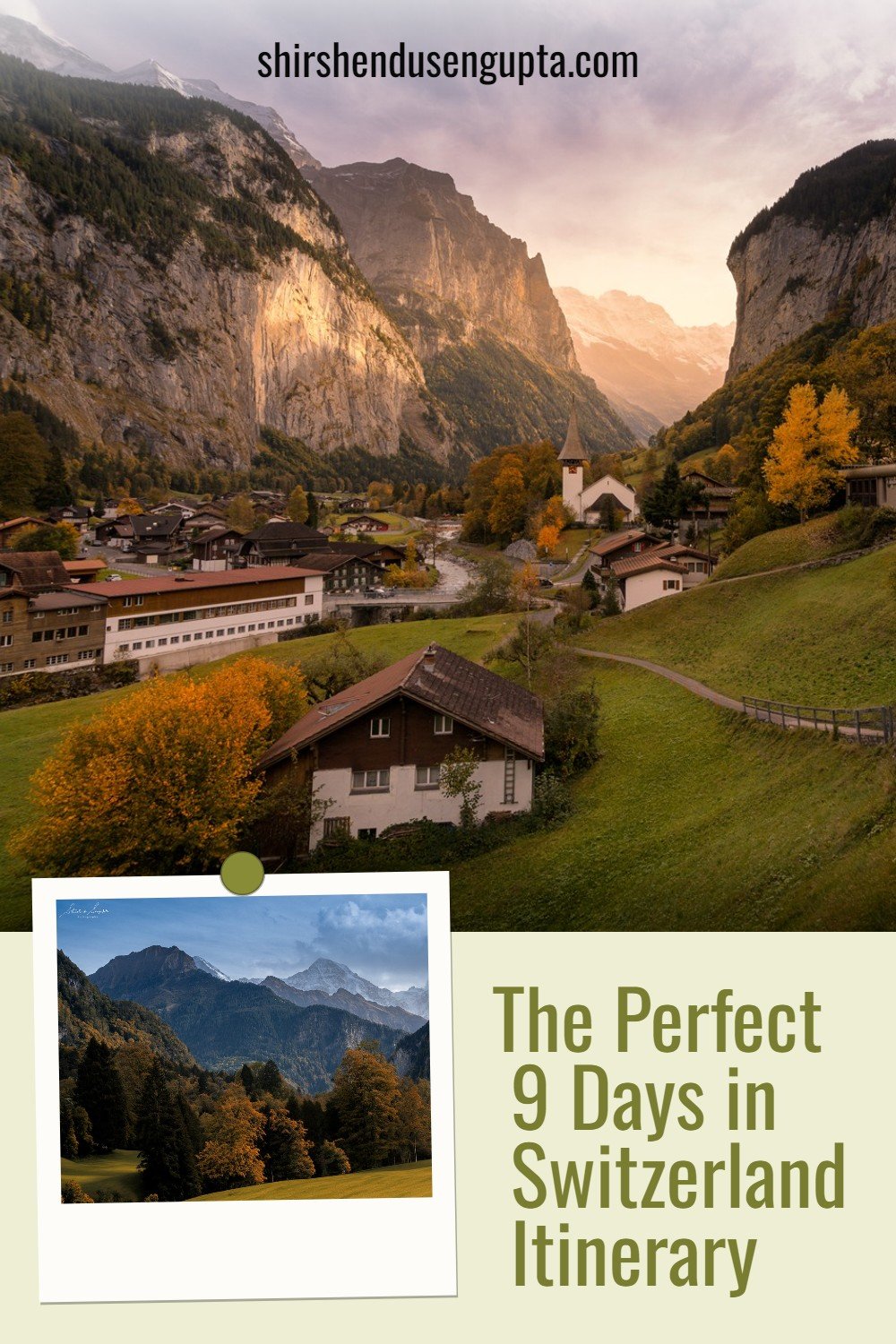
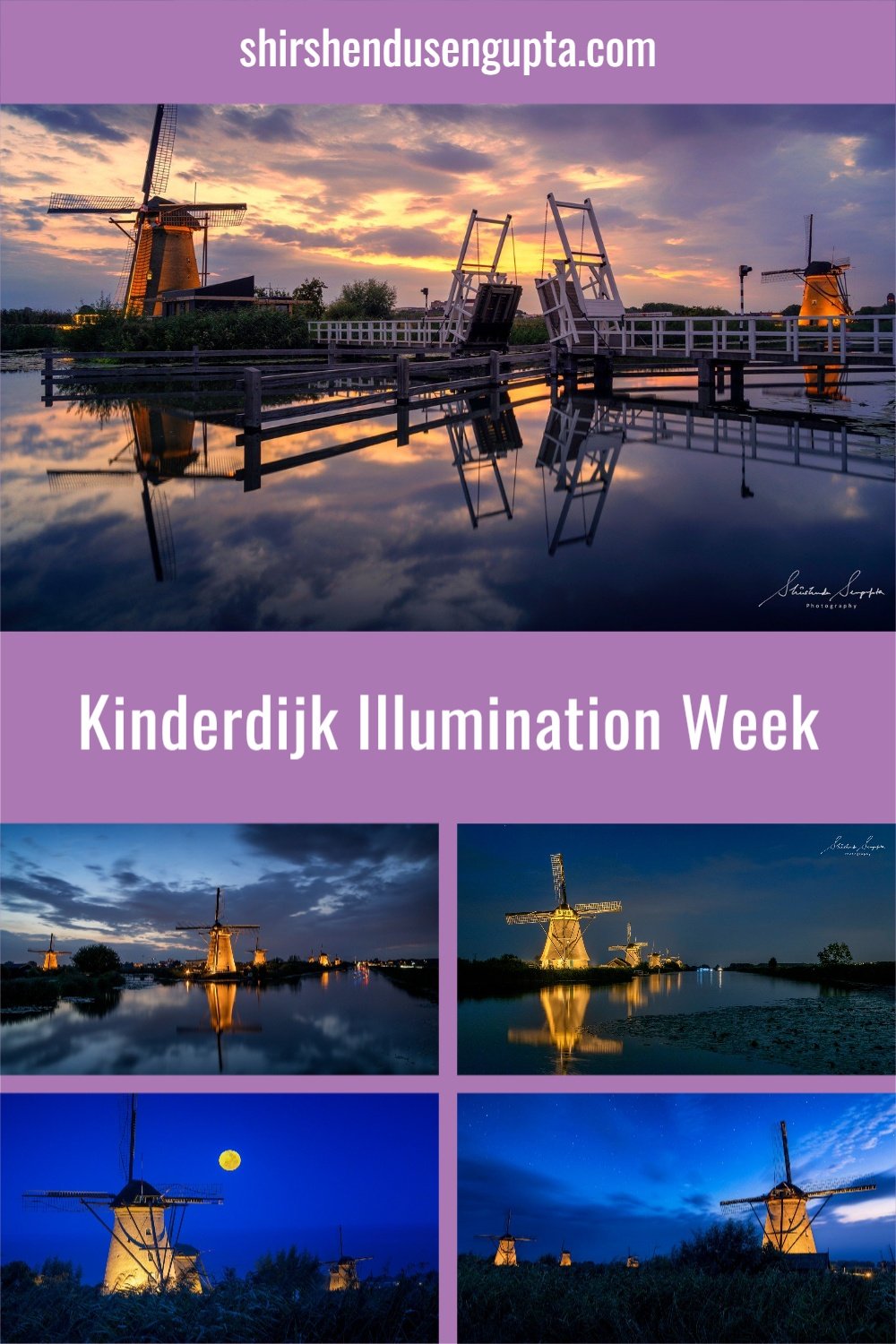
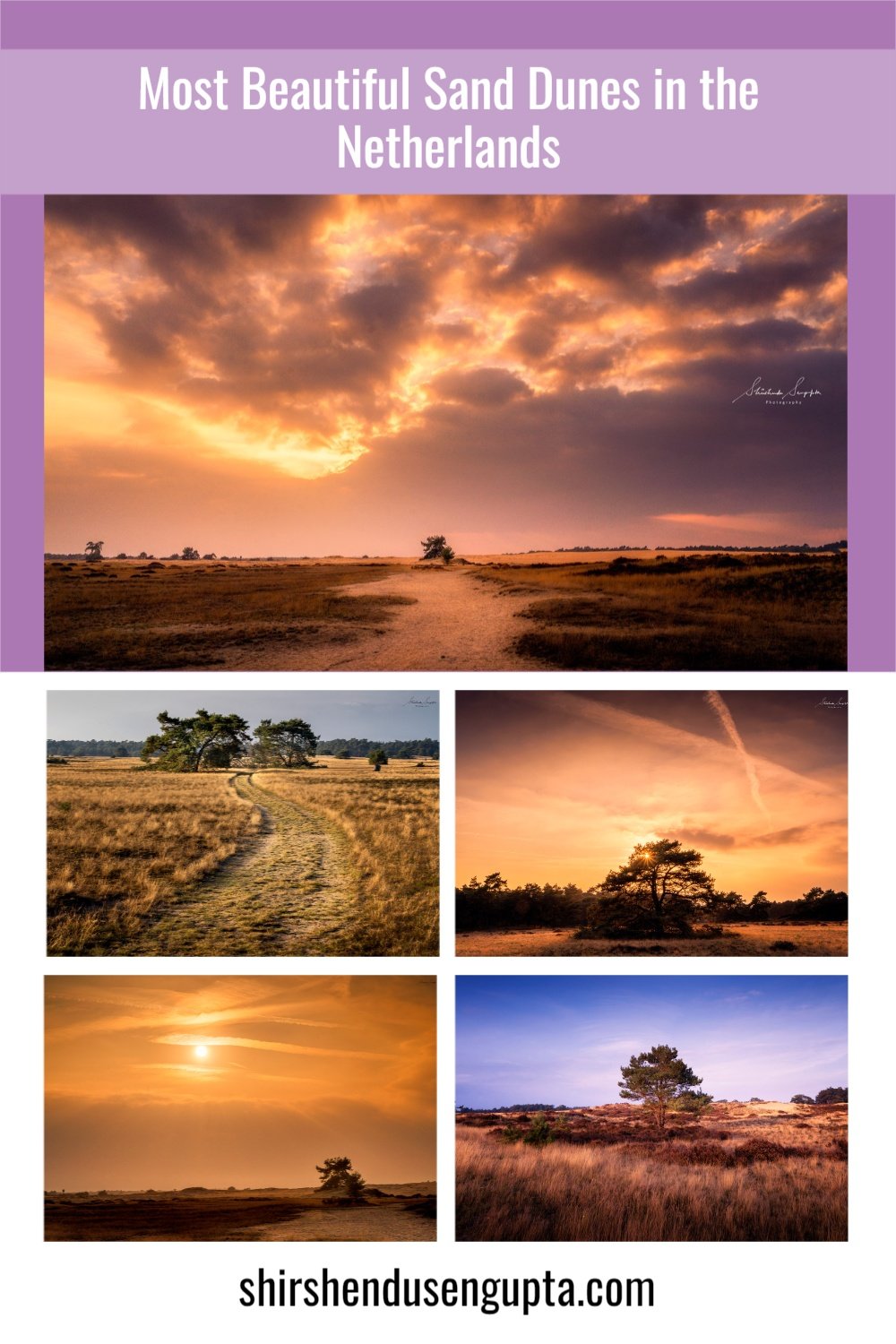
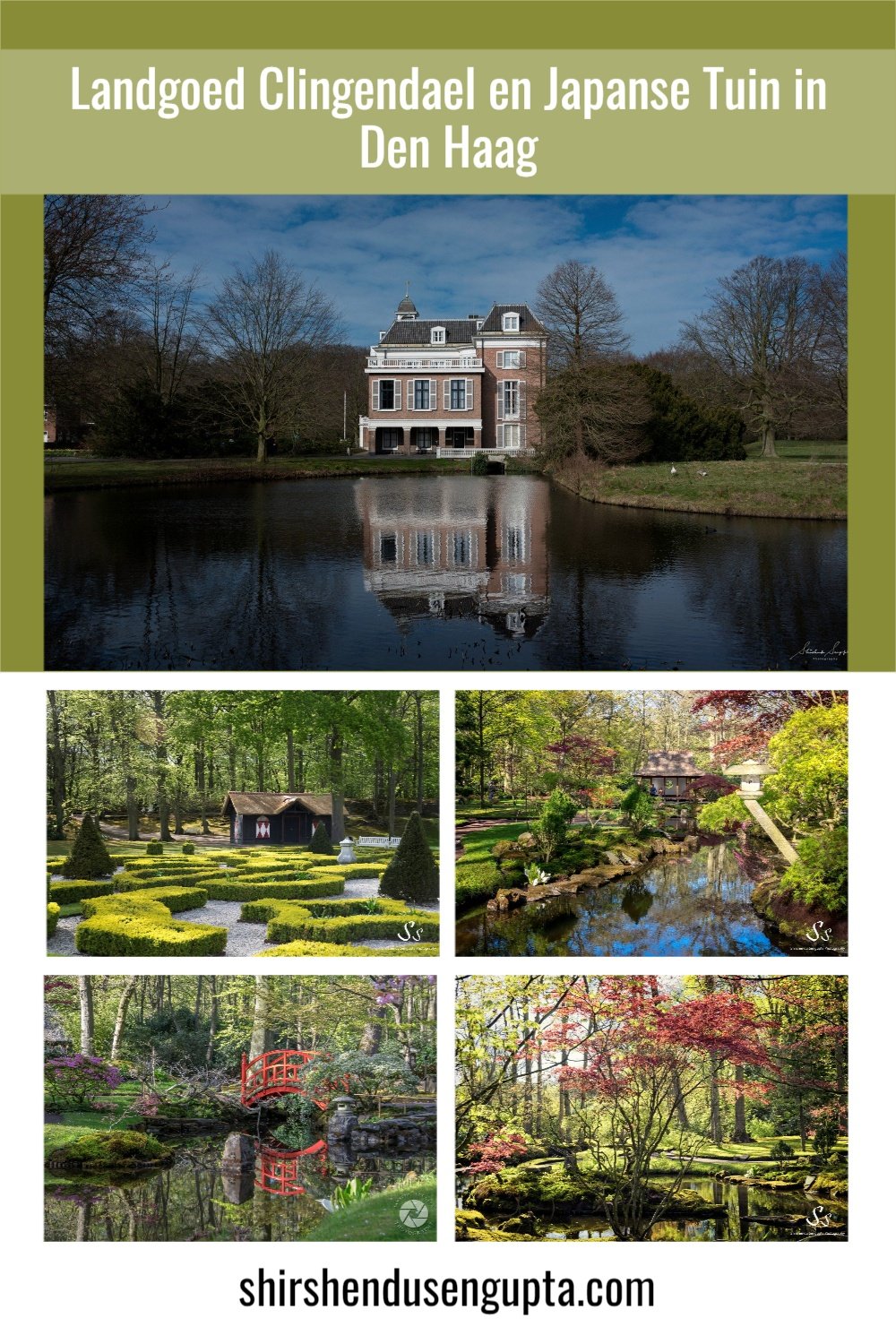
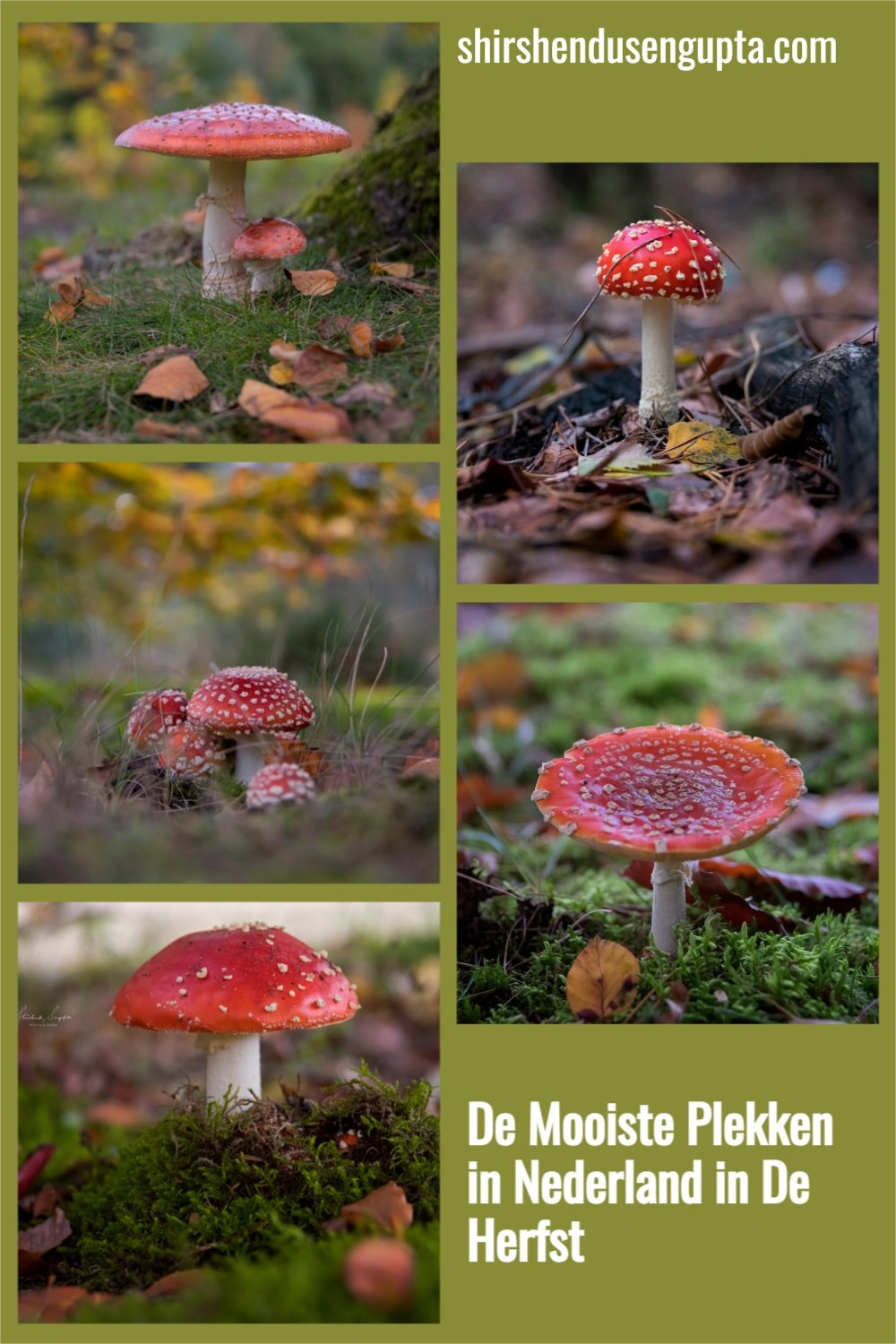

For photographers, The Hague is a treasure trove of visuals; from moody canals and Gothic buildings to beachside sunsets and cosmopolitan street scenes. This article will take you on a visual journey through the most Instagrammable spots across the city, including both its old-world elegance and contemporary edge. Whether you’re a street photographer, architecture lover, or casual Instagrammer, The Hague has the perfect shot waiting for you at every turn!